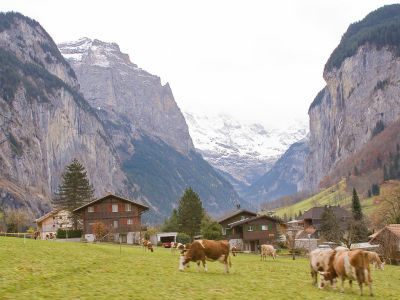Digging holes in the sand can be life-threatening, and if rescue methods are not followed properly, it can lead to further problems.

Digging holes in the sand is a classic summer pastime, but even shallow holes can pose life-threatening risks. Professor Steven Leatherman, a beach expert, explains the dangers of digging holes in the sand and how to rescue them.
Dig safely when building sandcastles and tunnels this summer – collapsing sand holes can cause suffocation and even death
https://theconversation.com/dig-safely-when-building-sandcastles-and-tunnels-this-summer-collapsing-sand-holes-can-cause-suffocation-and-even-death-224704
There have been many accidents both in Japan and overseas caused by digging holes in the sand. For example, in Japan in 2011, there was an accident in which two people died after falling into a pit dug in the sand . In addition, in the United States in February 2024, there was an accident in which a 7-year-old child died after being buried in a 1.5m-deep hole that he had dug himself . There is also a survey result that shows that a total of 21 people died after being buried in holes in the sand between 1997 and 2007 .
According to Professor Leatherman, accidents on beaches are largely related to the 'ease of sand to collapse.' Sand is stable while wet, so it can be dug deep and piled up high, but when it dries, it loses stability and collapses. This causes a situation where 'a hole that appears stable at first glance collapses over time,' leading to an accident.

The weight of the sand also increases the risk of accidents. If you are caught in an avalanche on a snowy mountain, the best way to cope is to swim through the snow and rise to the surface , but sand is much heavier than snow, so if you are buried under the sand, it is very difficult to escape on your own.
Furthermore, if the rescue method is not used properly, the damage may increase. As mentioned above, sand is very prone to collapse, so even if you try to dig up a person buried in sand, you will end up in a loop where the dug-up sand collapses and fills up the hole. Professor Leatherman recommends measures to prevent this from happening, such as 'inserting a board into the hole to prevent the sand from returning,' 'exposing the mouth of the buried person and trying to remove the sand above the chest,' and 'if multiple people are working together, station a small number of people, 2-3 people, near the hole, and the remaining people should focus on carrying the sand dug out of the hole to a distant location.'
The size of the holes that led to the fatal accidents was 0.6 to 4.6 meters in diameter and 0.6 to 3.7 meters deep. Professor Leatherman urges that when playing digging holes, the depth limit should be set to 'the knee height of the shortest member in the group.' In addition, to prevent accidents, he warns people to fill in the hole after playing.

◆ Forum is currently open
A forum related to this article has been set up on the official GIGAZINE Discord server . Anyone can post freely, so please feel free to comment! If you do not have a Discord account, please refer to the account creation procedure explanation article to create an account!
• Discord | 'Have you ever almost had an accident on the beach?' | GIGAZINE
https://discord.com/channels/1037961069903216680/1264874959352762389
Related Posts:
in Note, Posted by log1o_hf







